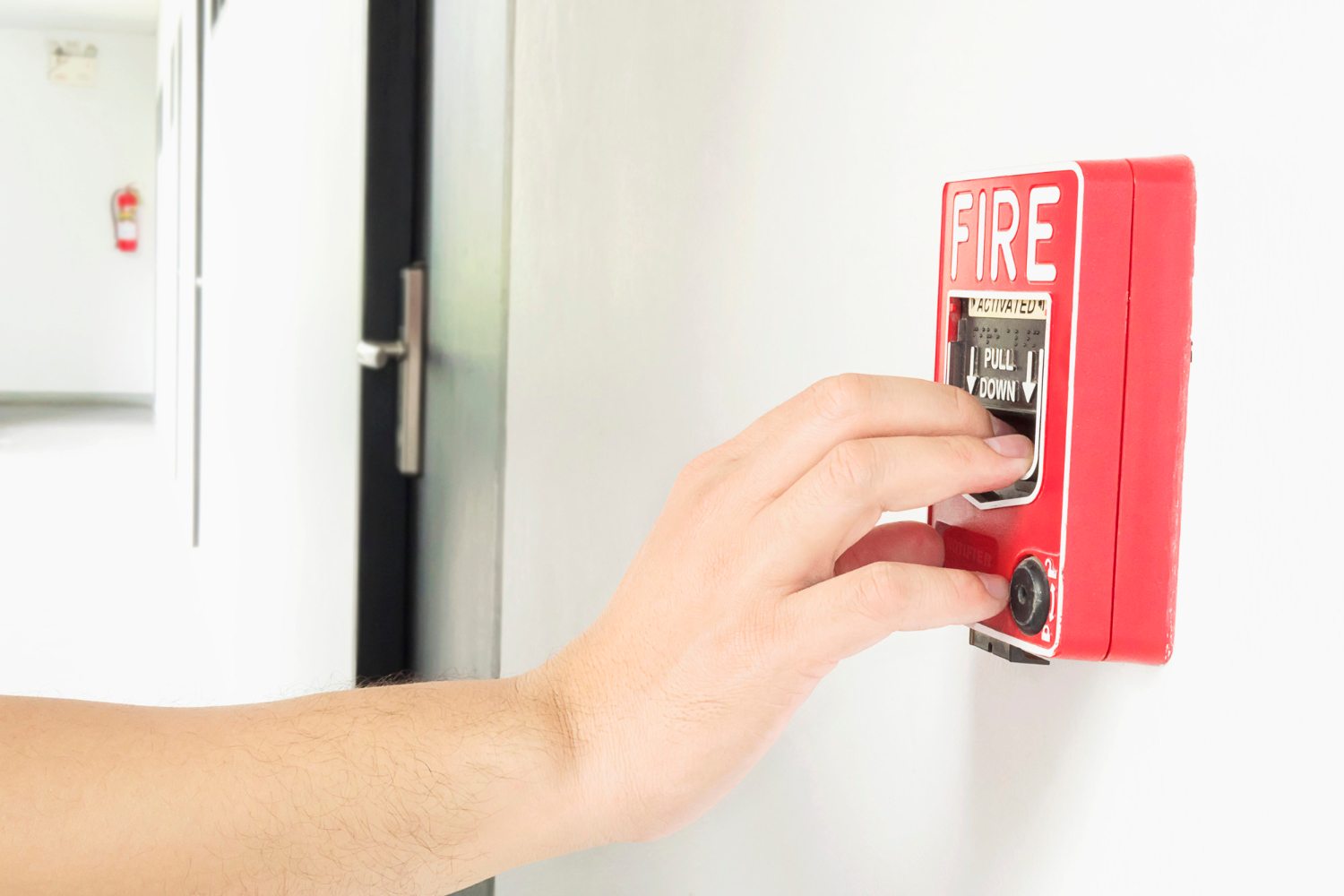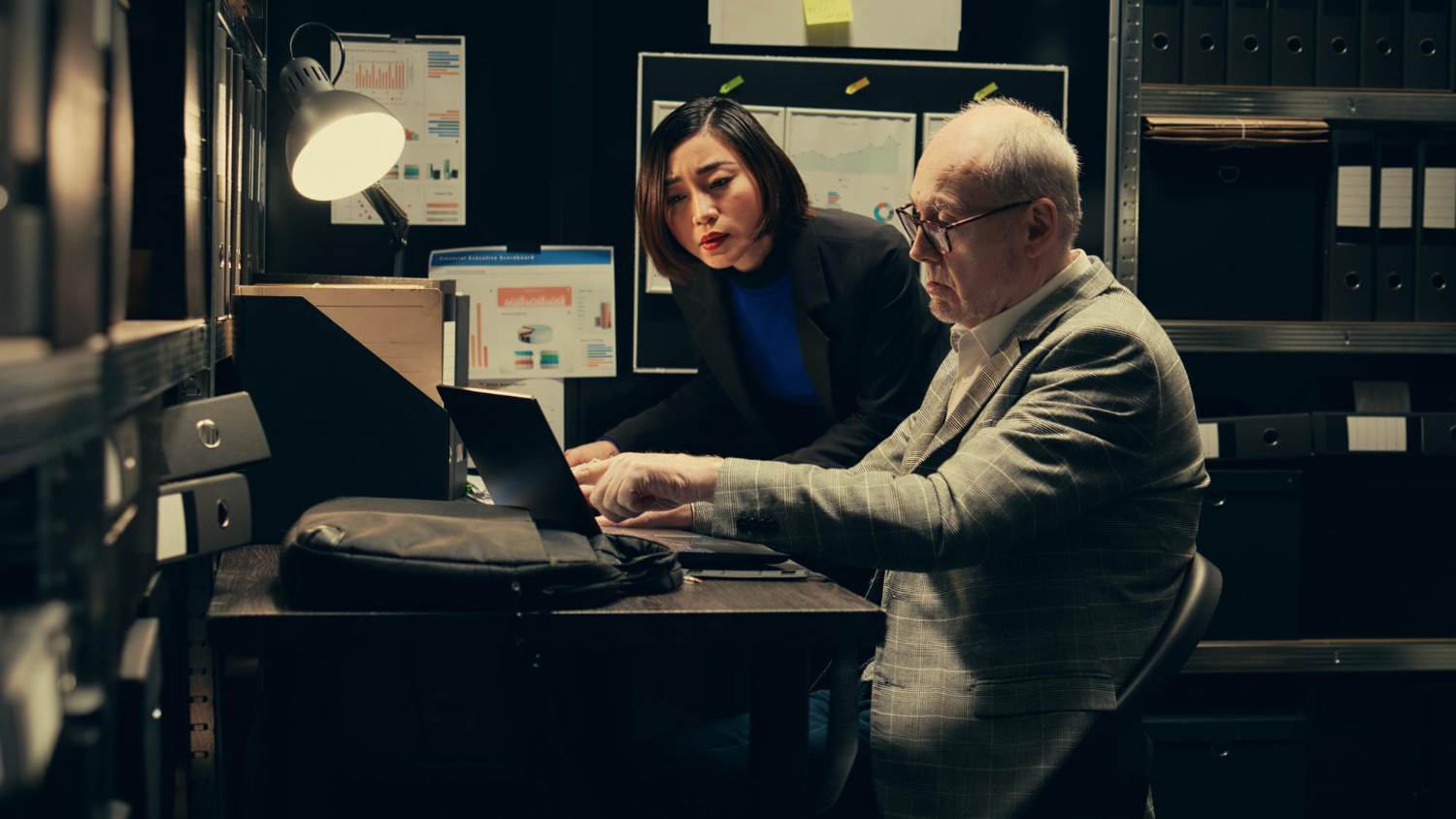Hospital security is about protecting people, data, and property without interrupting care. Here’s how hospitals achieve this:
- Integrated Security Systems: Real-time CCTV, biometric access controls, and alarms work together to monitor and respond to threats.
- On-Site Security Staff: Guards adapt to specific hospital zones like emergency rooms, pharmacies, and mental health wards.
- Data Protection: Encryption, multi-factor authentication, and secure backups shield sensitive medical information.
- Risk Management: Focus on high-risk areas like emergency departments and pharmacies with tailored solutions.
- Crisis Planning: Prepare for emergencies like fires, data breaches, or active threats with clear protocols and regular drills.
Hospitals combine physical and digital security measures to create a safer environment while meeting compliance standards.
Core Security Elements
Connected Security Technology
Hospital security relies heavily on advanced, interconnected systems. Security systems for hospitals bring together tools like CCTV cameras, biometric access controls, and intruder alarms, all monitored from a central hub.
The strength of these systems lies in their integration. For example, if a door sensor detects unauthorised access, nearby CCTV cameras automatically activate, and security personnel are immediately notified. This ensures every incident is addressed quickly and efficiently.
On-Site Security
Technology plays a key role, but having trained personnel on-site is just as important. Tailored on-site security solutions help address the unique needs of different hospital areas. For example:
- Emergency departments may require constant guard presence.
- Pharmacies often need strict access controls.
- Intensive care units benefit from biometric verification systems.
Security staff not only respond to alerts from the technology but also adapt protocols to fit the specific demands of each zone. This approach ensures safety while maintaining a welcoming environment for patients and visitors.
Digital Data Protection
Protecting digital information is just as critical as safeguarding physical spaces. Hospitals must secure sensitive data like health records and operational systems against cyber threats while allowing authorised access when needed. Key digital protection measures include:
- Encryption to safeguard data during transmission.
- Multi-factor authentication for added login security.
- Regular audits to identify vulnerabilities.
- Secure backups to ensure data recovery.
When combined with physical and technological safeguards, these measures form a strong, multi-layered security framework. To learn more, check out our advanced fire and security systems.
Hospital Security: Making Staff, Patients and Visitors Feel Safe …
sbb-itb-6668fe6
Security Risk Management
Managing security risks in hospitals involves a structured approach to spotting and addressing potential threats. This approach ensures resources are directed to the most at-risk areas, providing focused protection. These strategies work alongside interconnected systems to safeguard every department effectively.
Priority Protection Areas
Certain hospital departments face higher risks and need tailored security measures to handle their unique challenges. Key areas include:
- Emergency Departments: On-site security staff, panic buttons, and automatic CCTV activation.
- Pharmacy Areas: Biometric access controls and monitored entry points for controlled substances.
- Pediatric Units: Advanced visitor verification systems to ensure safety.
- Mental Health Wards: Delayed egress doors equipped with alert systems.
Our integrated security solutions are designed to meet these challenges with customised configurations. Explore our hospital security systems for tailored protection across all departments.
Crisis Response Planning
A solid crisis response plan is essential for hospital security. It should cover a range of emergency scenarios while adhering to safety standards. Here are some critical areas to focus on:
| Response Area | Required Elements | Priority |
|---|---|---|
| Fire Safety | Automated detection, evacuation routes, emergency lighting | Immediate |
| Active Threats | Lockdown procedures, communication systems, safe rooms | High |
| Natural Disasters | Backup power, stored essential supplies, emergency protocols | High |
| Data Breaches | Incident response team, backup systems, recovery plans | Medium |
Regular drills, audits, and updates to protocols ensure hospitals stay prepared for any crisis.
Advantages of Combined Security
Unified systems bring together physical and digital measures to provide well-rounded protection. By building on existing risk management practices, these systems enhance safety for both staff and operations within hospital facilities.
Staff Safety Enhancement
Unified security systems offer layered, real-time solutions to protect staff more effectively. Our hospital security systems enable quick responses to potential threats by incorporating:
- Instant alert systems that connect staff directly with security teams
- Biometric access controls to block unauthorised access to restricted areas
- Smart CCTV systems with motion detection for better surveillance
This combination not only ensures staff safety but also helps streamline daily workflows.
Smoother Daily Operations
Centralised security systems simplify and automate everyday operations. By integrating CCTV, access control, and visitor management, hospitals can achieve:
| Operational Area | Benefits of Security Integration |
|---|---|
| Visitor Management | Automated doors with visitor verification processes |
| Access Control | Single-credential and biometric authentication |
| Intrusion Detection | Real-time monitoring for immediate threat detection |
With our integrated solutions, hospitals can maintain efficient operations while ensuring comprehensive security coverage. These efficiencies also help meet strict safety and compliance requirements.
Ensuring Compliance with Safety Standards
Unified systems support hospitals in meeting necessary safety regulations by providing:
- Continuous monitoring and recording to meet audit needs
- Automated access logs for accurate regulatory documentation
- Customisable configurations tailored to specific departmental requirements
“At Amax Fire & Security, we are committed to delivering hospital CCTV systems that not only protect but also foster an environment of trust and care. Our solutions are designed to meet UK regulations, ensuring compliance and excellence in security measures.”
Next Steps
After outlining the protection strategies above, the next phase is putting them into action. Successfully implementing hospital security requires careful planning to ensure accessibility, strong safeguards, and compliance with UK regulations.
Contact Amax Fire & Security
Our team of experts evaluates your hospital to create a security plan tailored to your needs. We offer security systems for hospitals that combine:
| Security Component | Benefits |
|---|---|
| CCTV Systems | Monitors critical areas while safeguarding patient privacy |
| Biometric Security | Controls access to restricted areas and verifies staff identities |
| Door Entry Systems | Manages visitors automatically and regulates access |
| Intruder Alarms | Detects and responds to threats in real time |
This comprehensive setup of CCTV, biometric security, door entry systems, and intruder alarms forms a multi-layered security solution.
For a detailed assessment and personalised advice, reach out to us:
- Phone: (+44) 020 8427 2242
- Email: info@amax.co.uk
- Address: Amax House Unit B1B Neptune Road, Harrow Middlesex HA1 4HX
Learn more about our integrated security solutions and take steps to enhance your hospital’s safety by visiting our contact page. Let’s work together to secure your facility effectively.



